“Laser etching has become the most prominent process because of its long life viability. It effectively creates patterns for traceability that were not possible for the conventional techniques.”
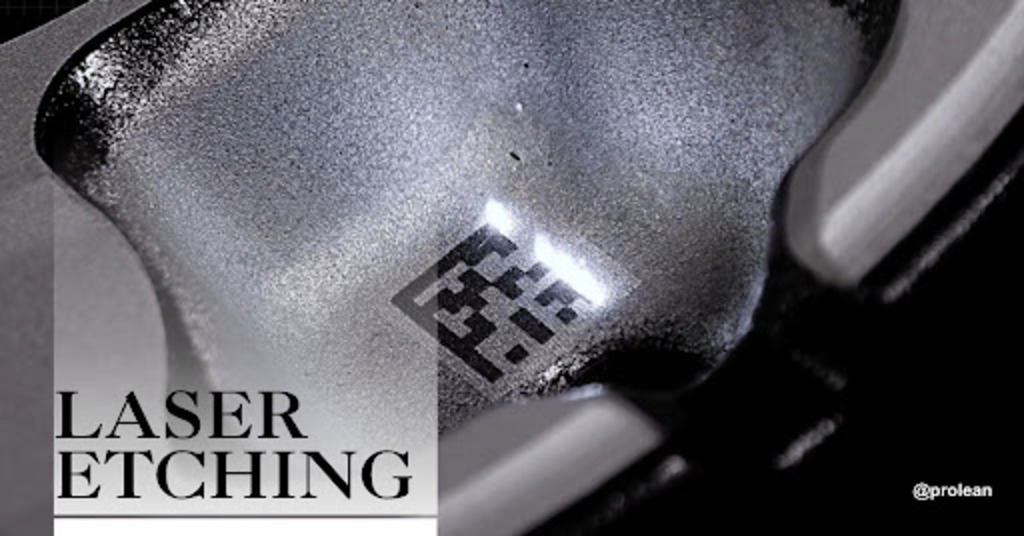
In Laser marking machining industries, Laser etching is a relatively faster, and more effective technique for creating designs on material surfaces. It’s used for designing logo patterns, identification numbers, bar codes for security, and personalized use. Compared to other conventional marking techniques, such as printing, and stamping, laser etching offers permanence, traceability, and ease of manufacturing. From automotive, and aerospace to medical use parts, laser marking is highly adapted to meet these industry requirements.
In this article, we will provide you with essential information about laser etching, its working mechanism, merits, and limitations. Moreover, it will help you to understand the clear difference between laser marking, etching, and engraving.
What is Laser Etching?
Laser etching is a noncontact technique to remove material. It replicates informative codes, and aesthetic patterns on the targeted material surface. The process tends to generate high pulses of the laser beam on the specific microscopic zone of the part. These pulses then melt the material’s surface and allow it to absorb laser pulses. As a result, in just a few seconds, depressed marks are formed that contain aesthetic value and information.
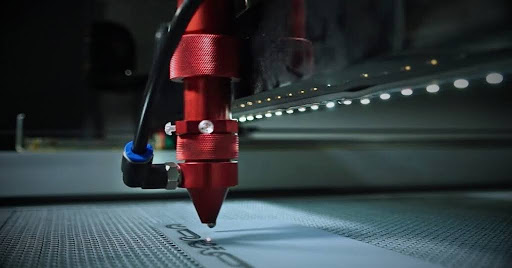
Laser etching process
Laser etching allows engineers to produce parts for traceability, and security by putting barcodes, identification numbers, and insignias on them.
How Does It Work?
In the process, a low-power laser beam is used for generating laser waves. In most cases, fiber or ultraviolet lasers are used to vaporize the material. A focal point is determined where to perform etching. Here’s a short breakdown of the laser etching process:
- Initially, a predetermined shape is designed on CAD software which is then converted into G-codes.
- Meanwhile, the operator safely cleans the desired material sheet for any rust or dust accumulation. They use sandpaper, or any spray to eliminate spots and dust marks.
- The intended design is placed on a material sheet to allow a laser to focus the material surface to create the desired patterns on it.
- Laser beam generates high energy pulses, by releasing multiple bursts of laser energy at specific intervals of time.
- Somehow, in a few seconds, 100,000 bursts of energy are released from a 100W pulse laser etching machine.
- Make sure the workbench is stable, and secure to tight hold the material.
- Laser etching is often prioritized for complicated feature designs.
Try Prolean Now!
Laser Marking, Engraving & Etching: Are They Same?
The commonality is that all these are used for creating long-lasting marks on material surfaces. Although these processes are used interchangeably, there are clear distinctions between them. Let’s find out;

Laser Marking
Laser marking is a broader term. It’s known as the non-contact or discoloration process. Generally, it is used to make permanent patterns on material surfaces by using a concentrated laser beam. For example; barcodes, logos, UID, and QR codes. Laser beam is typically performed by using pulsed, fiber, UV, and continuous laser machines. Some common types of laser marking processes include; laser annealing, etching, engraving, carbon migration, foaming, and coloration.

Stainless steel laser engraving
The laser engraving process is relatively straightforward. It involves the physical removal of material to create a cavity for 2D, and 3D designs. Laser engraving is particularly used for personalized applications such as; decorative patterns of jewelry, serial numbers, and logos. This process is more durable and can engrave metals up to 0.020″ depth and 500 microns. The common types of laser engraving include; laser etching, deep laser engraving, and laser ablation. Laser Engraving Machines are available from a range of 10 to 100W power.
3. Laser Etching
As mentioned earlier, laser etching melts the surface of the material with a high-energy laser beam. It is faster than laser engraving. Laser etching is frequently used on metals such as; aluminum, copper, stainless steel, and iron. However, the process is limited to a few etch contrasts; for instance; white, black, and grey shades. Some common examples include; barcodes, QR codes, serial numbers, brand slogans, and motifis.
What are the Benefits of Laser Etching?
A few benefits of laser etching are listed below;
- Laser etching is a faster process than other conventional techniques.
- Highly effective for producing parts with minimal tool wear as there’s no physical contact between the material and the laser.
- It accommodates several metals, composites, and ceramics such as; zinc, stainless steel, anodizing aluminum, acrylics, wood, and paper.
- Laser etching is highly accurate and precise for 2D and 3D designs.
- It is convenient for large batches of production. Moreover, it offers customization for personalized applications for instance; gifts, trinkets, and jewelry.
- Laser etching requires minimum energy to operate.
What are the Disadvantages of Laser Etching?
The disadvantages of laser etching are given by;
- Laser-etched parts are less durable, and they are susceptible to wear and tear.
- Laser etching is only suitable with fiber laser because it uses metals to etch to create different patterns
- Laser etching is limited to a few color contrasts such as white, grey, and black etches.
Compatible Materials For Laser Etching
Laser etching can produce patterns on a wide range of materials. The compatibility depends upon material properties and application requirements.
Magnesium
Among other metals, magnesium has a low melting point of 1215 °F. Laser etch magnesium parts are relatively lighter in weight. Moreover, magnesium has a low reflective index, so parts do not require any pretreatments.
Lead
Lead provides ease of etching because of its low melting point of 621°F. Laser beam replicates different color contrasts such as grey, white, and black. Lead is predominantly used for traceable, and identification numbers.
Aluminum
Another prevalent alloy for laser etching is aluminum. It has a lightweight nature and relatively low melting point of 1216 °F similar to magnesium. The common aluminum grades for laser etching are Al 380, and 6061. Moreover, aluminum-etched parts can endure high chemical and harsh acidic environments.
Zinc
Compared to the aforementioned metals, zinc has a relatively low melting point of 786°F. It finds extensive use in die casting products. Laser etching can produce high contrasts on zinc-etched parts such as QR, and barcodes.
Anodized Aluminum
Anodized aluminum has similar characteristics to naturally oxidized aluminum in terms of melting points. The only difference lies in their surface thickness. For instance, the anodized aluminum has a thin layer of 0.002 – 0.07 mm of aluminum oxide on its outer surface. This layer prevents its surface from corrosion attacks. Therefore, etching can be performed on the top layer of the anodized alloy.
Laserable Brass
As the name implies, laserable brass has protective layers of enamel and lacquer. This enables brass to absorb laser pulses. Typically laserable brass is an extraordinarily reflective index among other metal alloys.
Stainless Steel
Stainless steel offers two prime grades for laser etching; 306, and 316. Caution is needed when etching stainless steel. Because its outer protective layer is removed during the etching process. This way, laser annealing can be well suited to etch patterns on stainless steel.
Try Prolean Now!
Laser Cutting Services At Prolean
However, laser etching is critical compared to other marking processes. Because sometimes it results in part shrinkage, warping, and distortion. Therefore, it demands high precision and accuracy. Here at prolean, our technical machinists, and engineers, ensure that your project is done in the right manner.
We use state-of-the-art technologies with standard quality solutions to meet your precision-demanding requirements. Moreover, we have the facility to produce simpler to complex-shaped products in a broad range of materials by adhering to strict quality control measures.
So, contact us for any queries, and get an obligatory quote for your project!
Read more:
Summing Up
Laser marking has become a widely adaptable technique across beauty, and artistical to manufacturing industries. Laser marking enables design engineers to create complex patterns on various materials from metals to plastics. Moreover, it provides an additional layer of protection to materials against corrosion without deteriorating the actual properties. Laser etching can produce highly accurate patterns with low energy, and minimal amount of time. CNC integration has advanced this technique to bring the design to market, all while in minimal time.
However, there are a few limitations for instance limitations to using fiber laser, and textures, but asking OEM experts, and professionals can make the way easy for efficient and cost-effective laser marking solutions.
FAQs
Q1. Is laser etching permanent?
Yes, laser etching left marks with high traceability and permanence. The etching marks are highly resistant to wear, tear, and abrasives. Therefore, its use is common in military, and medical devices.
Q2. Which factors influence the choice of laser marking process?
While selecting the right marking process, keep these points into consideration;, Firstly, the material compatibility, speed of marking, and required marking depth.
Q3. What laser beam mediums are used in laser marking machines?
Some commonly used lasing mediums are;
- Neodymium-doped yttrium
- CO2 gas
- Organic dyes in liquid form
- Aluminum garnet (solid)
Q4. What materials are not compatible with laser etching?
Some halogen elements and thermoplastic materials are not compatible with laser etching. These include; polyvinyl chloride, beryllium oxide, and polyvinyl butyral (PVB).
Q5. Can laser etching make patterns on glass?
Yes, glass can be etched, and engraved regardless of its shape. During the process laser pulses melt, and deform the glass surface. Then strengthening metallic oxides, and silica present in glass react with air to form aesthetic patterns.
Q6. Which materials can easily be laser etched?
The appropriate material choice depends upon melting points and application requirements. A few examples include; magnesium, aluminum, zinc, lead, steel,
Q7. Are laser machines expensive?
Well, it depends on certain factors, such as laser type, the required etch, and the material on which to perform the etching. Typically, a laser machine costs between $300 to $500,000. Moreover, there are manual and automated options too. The automatic laser etch is more accurate but comes with high initial costs of utility.
Resources
Martin Ehrhardt, Pierre Lorenz, Klaus Zimmer, (Feb 2012), Surface modification by laser etching using a surface-adsorbed layer: Thin Solid Films: DOI: 10.1016/j.tsf.2012.01.014, Retrieved From Research Gate

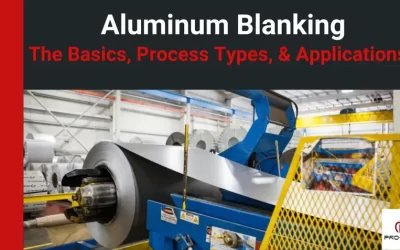
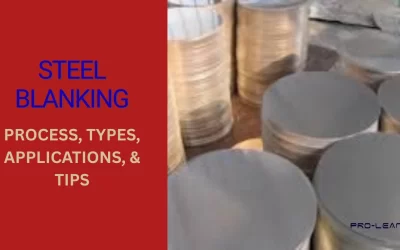
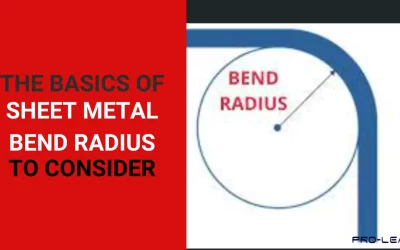
0 Comments